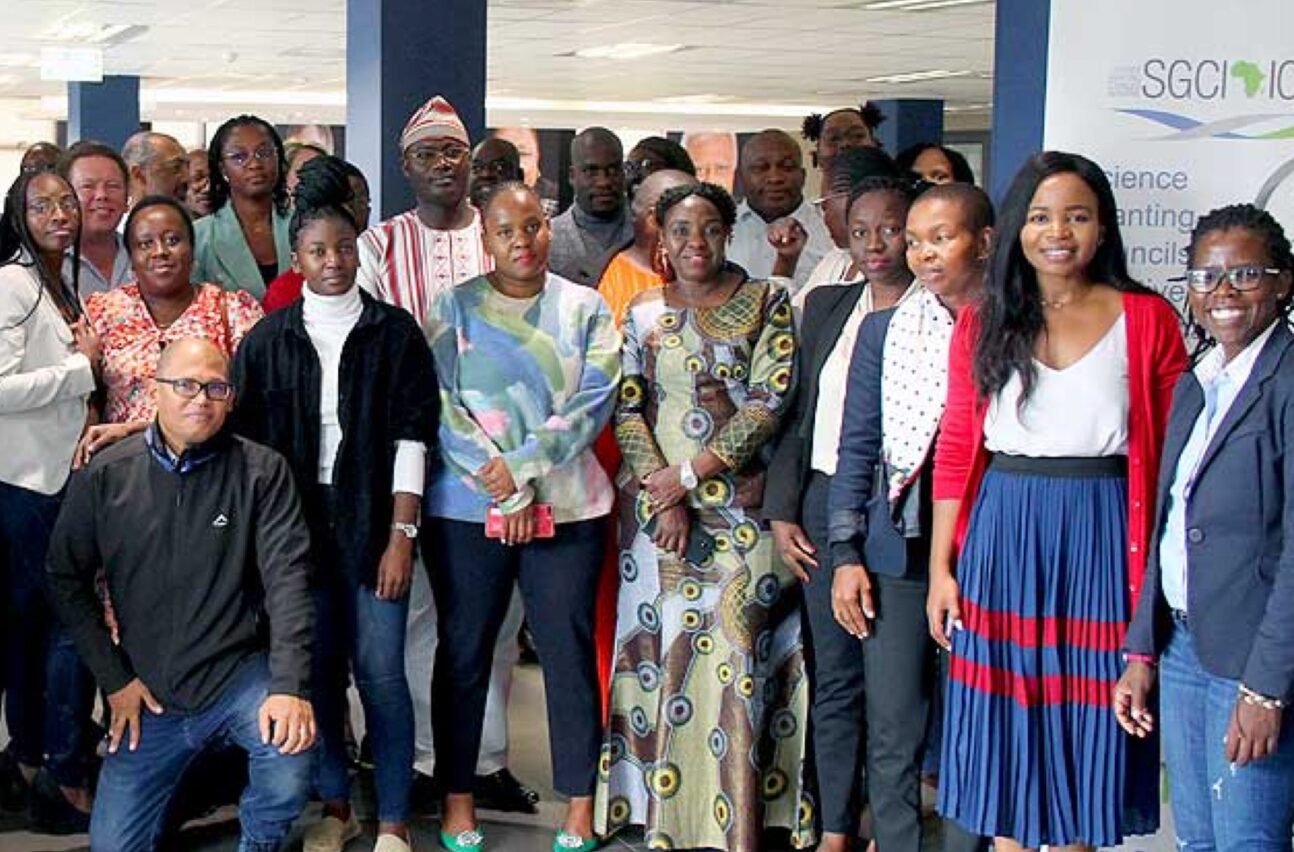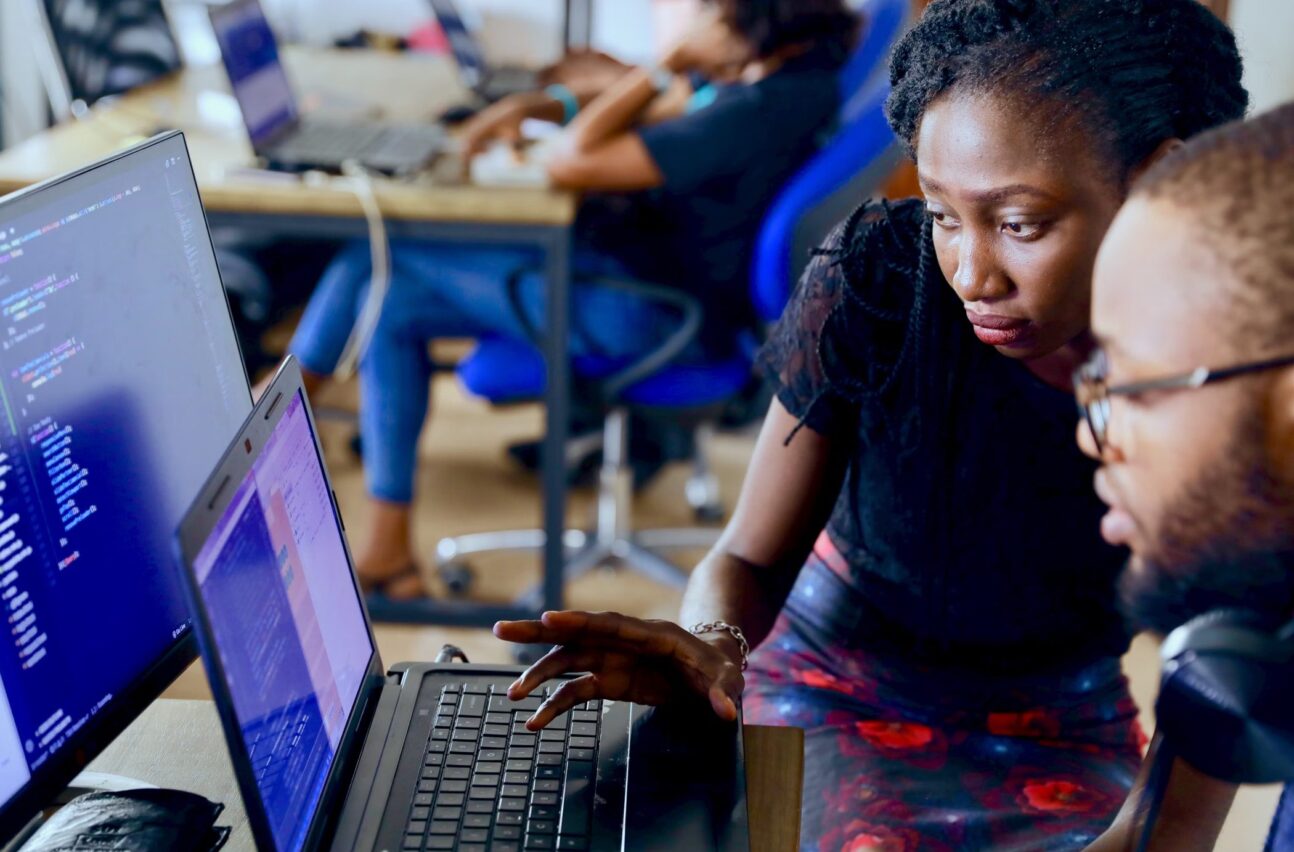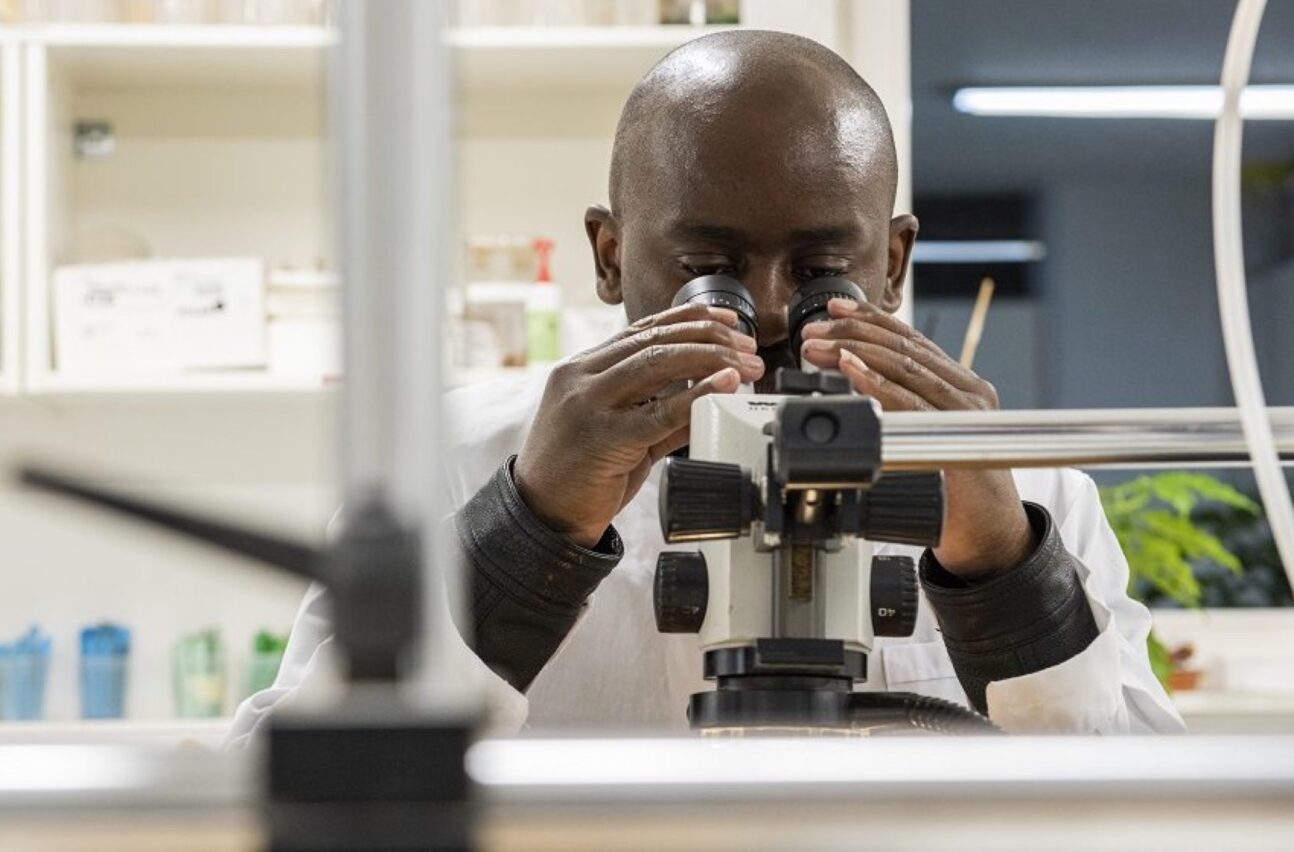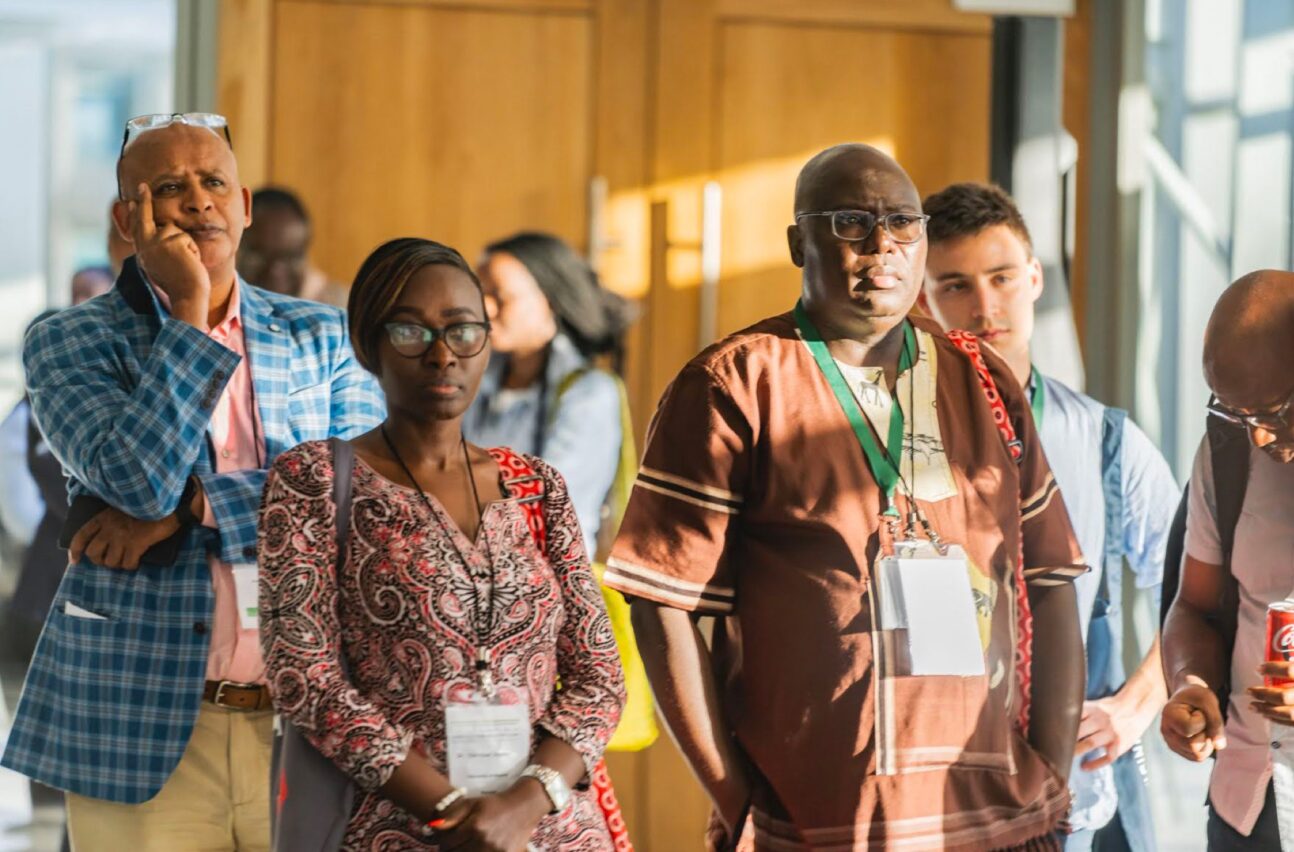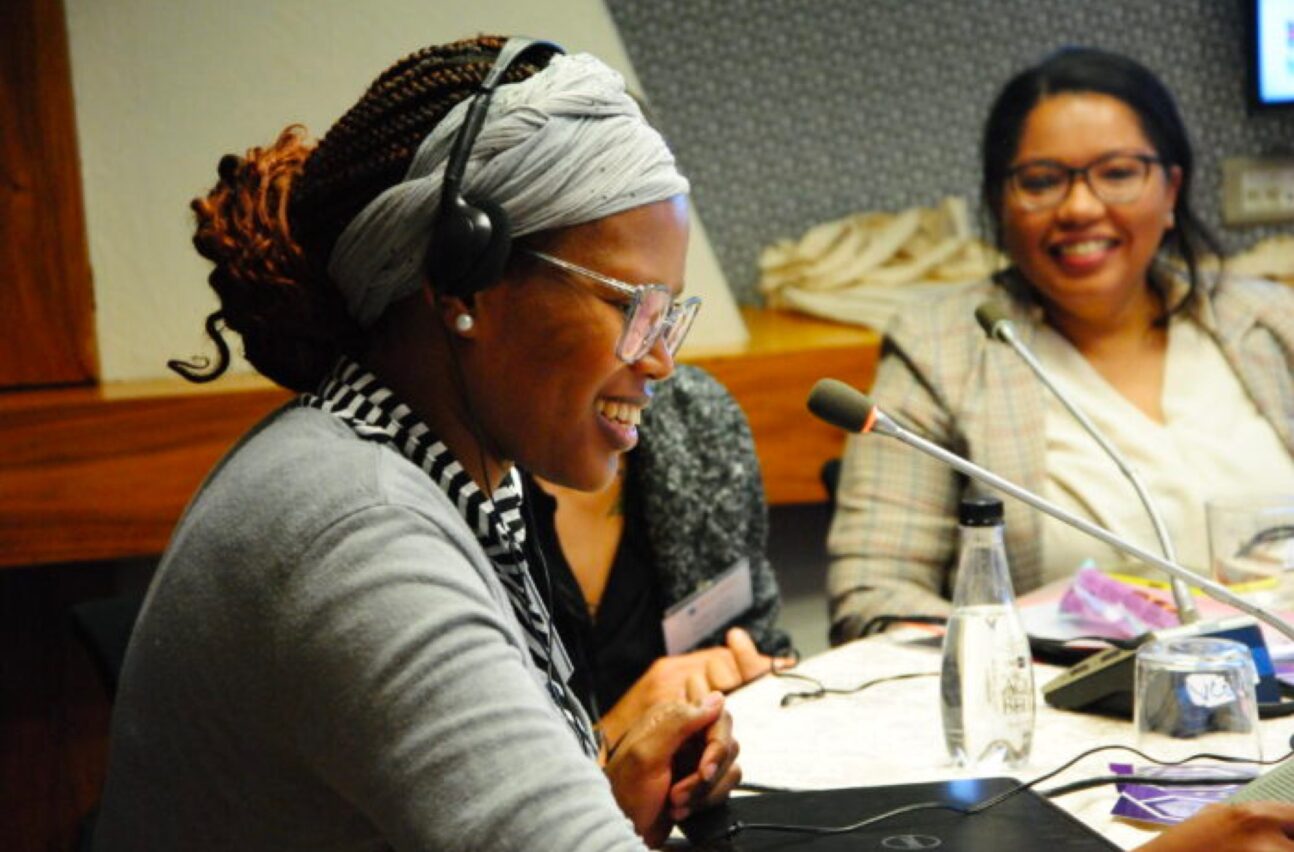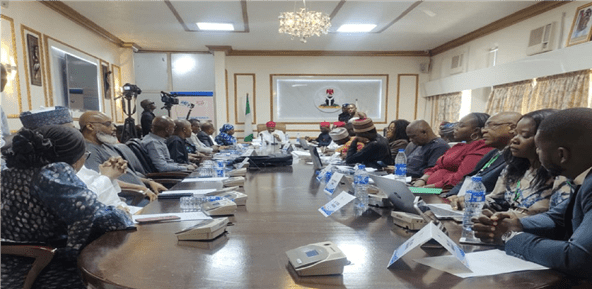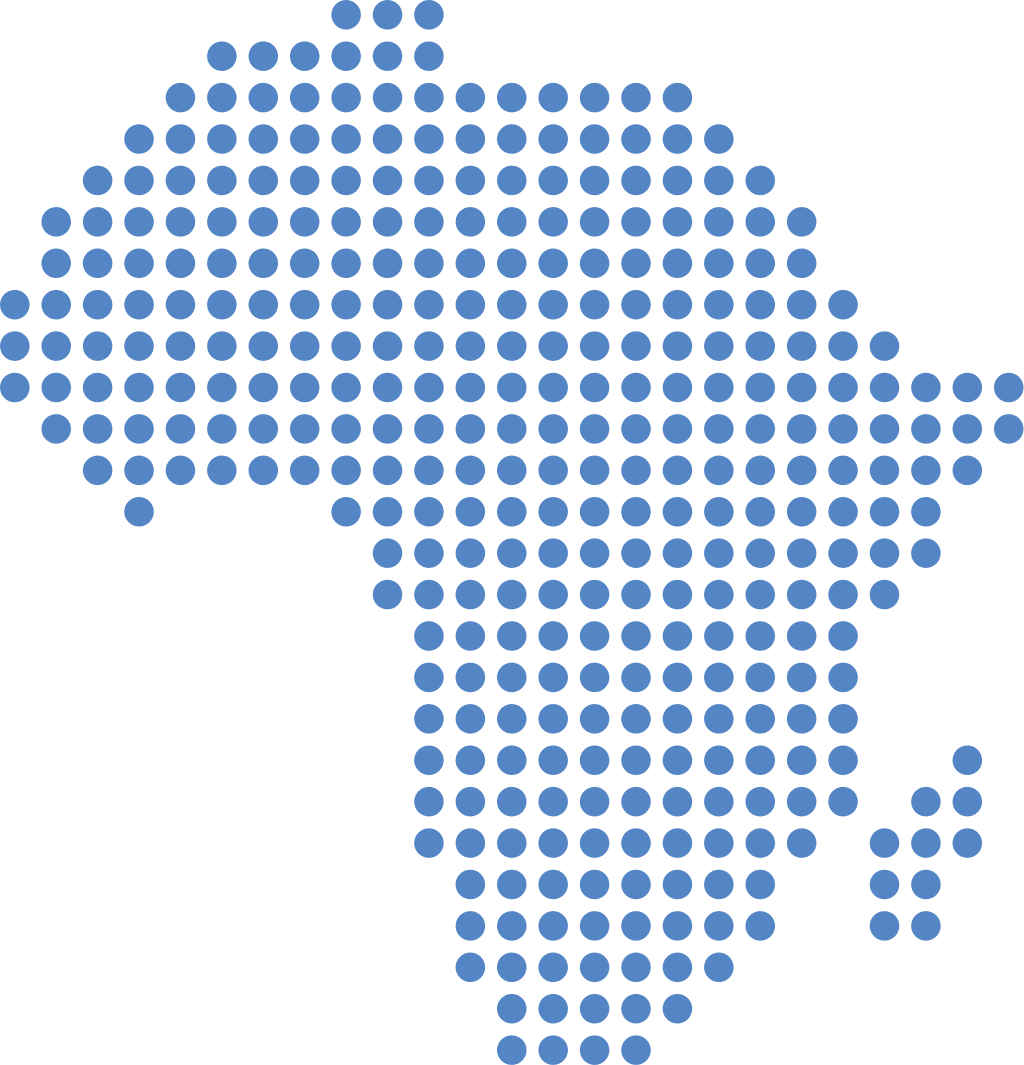Research funding in Africa is critical for economic development. However, several trends currently affect funding flows. They can be complex to understand. In October 2023, the Science Granting Councils Initiative…
Research funding in Africa is critical for economic development. However, several trends currently affect funding flows. They can be complex to understand. In October 2023, the Science Granting Councils Initiative (SCGI) published a working paper on this subject. Attendees at the SCGI annual forum, hosted by the National Research Fund Kenya in Mombasa, discussed the paper. This article looks at the main points.
The current state of research funding in Africa
Most African countries are experiencing low levels of public R&D investment. This trend has been growing over 30 years. Furthermore, business and private sector R&D funding has also declined. In 2021, it stood at 35% on average. (In Western countries, it is closer to 40-70%). While there are exceptions, the trend is alarming. And it has two significant impacts. The first is that most African governments rely on external funding sources. The second is that governments shoulder the burden of finding research funding in Africa.
Accurate and recent statistics on public R&D expenditure
The current situation is challenging. However, it is worsened by a contributing factor. National statistics on government R&D funding are often incomplete or inconsistent. SCGI has sought to conduct regular R&D surveys in most African countries. However, no statistics on R&D expenditure are available for certain countries. These include large countries like Kenya and Nigeria. Furthermore, where statistics are available, they are often over 5-8 years old. This trend has an impact on investment in science. It prevents informed decision-making. Reliable and timely data is critical to investment.
Africa’s scientific publications are increasing in number
However, it is not all doom and gloom. SCGI analysed articles authored or co-authored by African scientists and scholars over the past 20 years. The analysis revealed a healthy increase. The absolute number grew almost tenfold from 2003 (13,470) to 2022 (128,076). Subsequently, the percentage of Africa’s global scientific publications has also increased. During the same period, it grew from 1.2% to 4.5%. This trend is good news.
However, it is worth noting other trends in published papers. While ‘international’ papers are up, ‘national’ papers are down. That is to say, ‘all-African’ authored papers have only grown modestly in number.
Positive trends in international research funding in Africa
The introduction of private funders is a notable trend. Over the past 20 years, private donor science funding has increased. For example, the Bill & Melinda Gates Foundation has funded many large-scale African projects. However, they are changing what the paper calls “agenda-setting”. It notes how the “old paradigm” whereby scientists define research is changing. Scientists used to assign priorities based on their research experience. But now, the goals of large, philanthropic bodies are impacting prioritisation. These bodies often align with multi-stakeholder organisations. These include institutions such as the World Health Organization (WHO). Does this mean that African priorities are being set elsewhere?
Multilateral, multistakeholder research funding in Africa
Furthermore, the number of funding actors, instruments and strategies has increased. Initiatives are becoming larger. They are, more often, multi-annual and multi-lateral. They seek to have an impact by the sheer weight of numbers. Does this make research funding in Africa more complex? These projects also focus around ‘centres of excellence’ and large networking initiatives. The ‘clusters of knowledge’ they create can concentrate resources in one location. For example, the African Centres of Excellence was launched in April 2014 by the World Bank. Does this mean research is becoming more centralised in fewer locations?
There is also a greater focus on funding capacity-building initiatives. Dedicated scholarship programmes are one example of this. The paper describes how more traditional initiatives are based on financing individuals. Are opportunities for capacity building changing as funding mechanisms change, too?
Causes for concern
These trends have impacted African science funding. And there are some causes for concern. The paper describes one incident of exclusion. An open letter to the Editor of Nature Medicine was published in 2021. The authors commented on how a US$30 million grant had been awarded for a project in Africa. However, the press release about the project included no mention of African partner institutions.
Furthermore, certain disease interventions, such as those for malaria, are dependent on donors. This dependence can lead to weaker health systems in low-income countries. Local ownership is essential in science and science funding. International donor funding partly puts specific health interventions in the hands of Western NGOs. This reliance lessens the capacity and ownership of national programmes. African institutions must have leadership roles. It is critical to include the value of their lived experiences.
Aside from this, various other tensions exist. They include, for example, short-term effectiveness versus long-term impact. They highlight the need for local administrative and strategic capacity and readiness.
What are the challenges for pan-African collaboration?
These trends make pan-African collaboration all the more important. But they may encounter challenges. The working paper gives an outline of the pathway landscape for collaboration. The African Union has an important role to play in pan-African research. The paper considers the impact of the Pan-African University, for example. It also looks at the African Development Institute of the AfDB. The paper reviews interventions of the European Union and the United Nations. It considers actions by agencies, philanthropic foundations and higher education institutions. And, of course, it reviews the work of the SGCI.
The reliance on international sources of funding continues to raise concerns. Unequal power dynamics must be addressed. The paper highlights the work needed to understand monitoring, evaluation and learning systems. It points out how the landscape of pathways to Pan-African research collaboration remains siloed. Research funding in Africa, for example, rarely focuses solely on advancing Pan-African ambitions. Governance in multi-lateral funding frameworks is increasingly complex. Research investment is low. Research relies heavily on foreign funding. Donors have their agendas and priorities. But do they always align with the needs of African populations?
Research and Resources
Themes
The SGCI aims to strengthen the capacities of these SGCs to support research and evidence-based policies that will contribute to economic and social development.

